Our Methods
Aldo Leopold has inspired several of the methods we use in our conservation efforts.
“The central thesis of game management is this: game can be restored by the creative use of the same tools which have heretofore destroyed it — axe, plow, cow, fire, and gun.”
Creative use of these methods have become the pillars of our approach to land restoration and habitat management. Read below for an overview of how we use these tools.
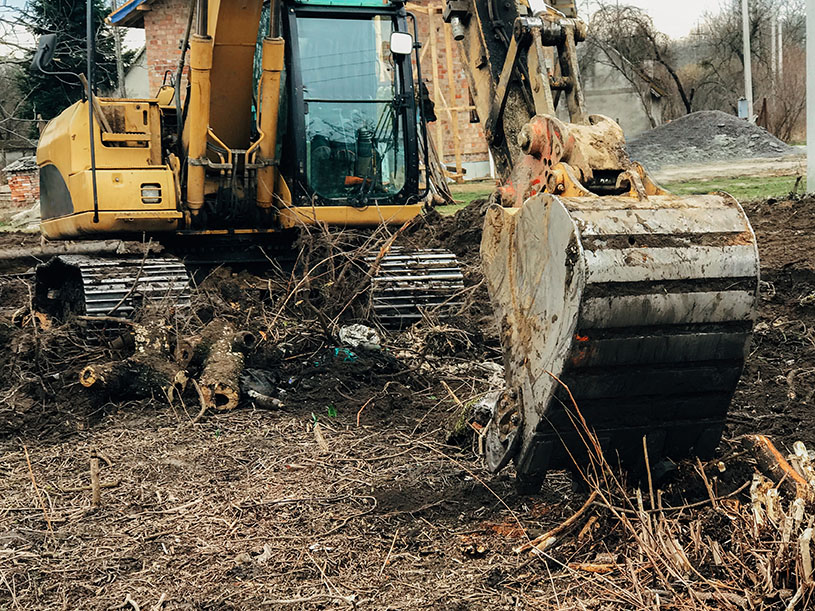
Invasive Species Removal (Axe)
This includes using mechanical means to remove invasive species. This may include a dozer, tractor, or yes, even an axe. By removing unwanted trees, we can make way for native grasses to grow in their place. Removing unwanted trees also means reducing the amount of water demanded from the ground. Additionally, clearing your land can increase ease-of-access to various parts of your property.
The Plow
We use plows in our conservation efforts in order to create fire lanes and food plots. Fire lanes are lanes with no burnable material, keeping fire either in or out of a pasture. This protects the pasture and reduces losses in the event of a wildfire. If we are conducting a prescribed burn, we will use a fire lane to border the pasture and contain the fire. These fire lanes can also be used as trails for hiking or roads for access to various parts of your pasture. We can also develop food plots in order to welcome wildlife onto your property. Food plots are plowed, then planted with grasses and legumes preferred by common wildlife in your area.
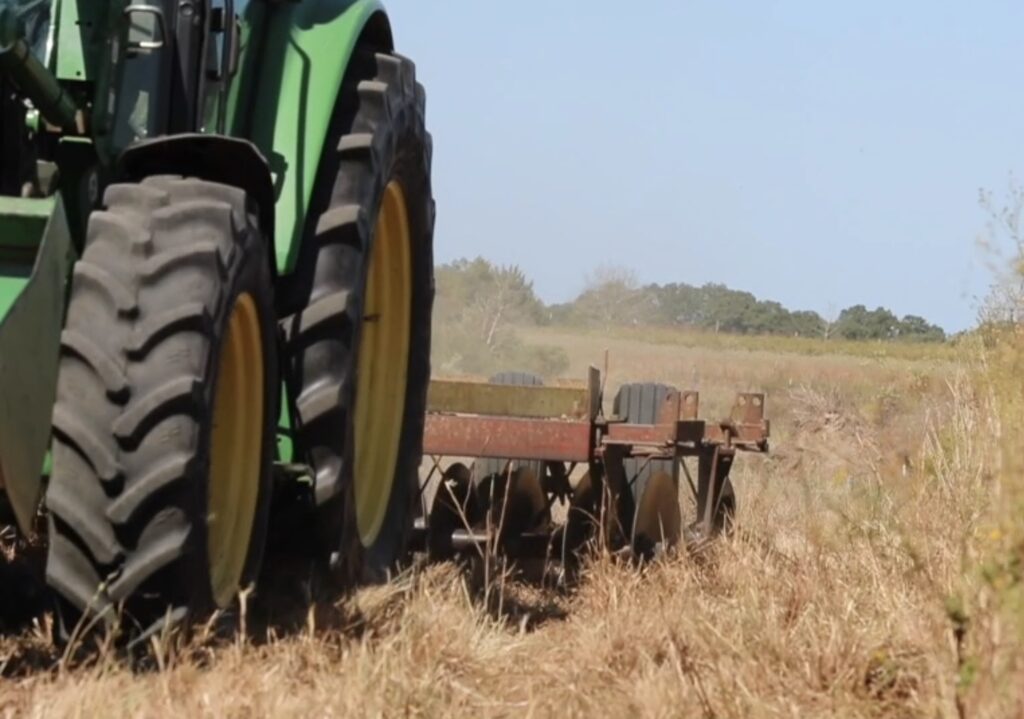
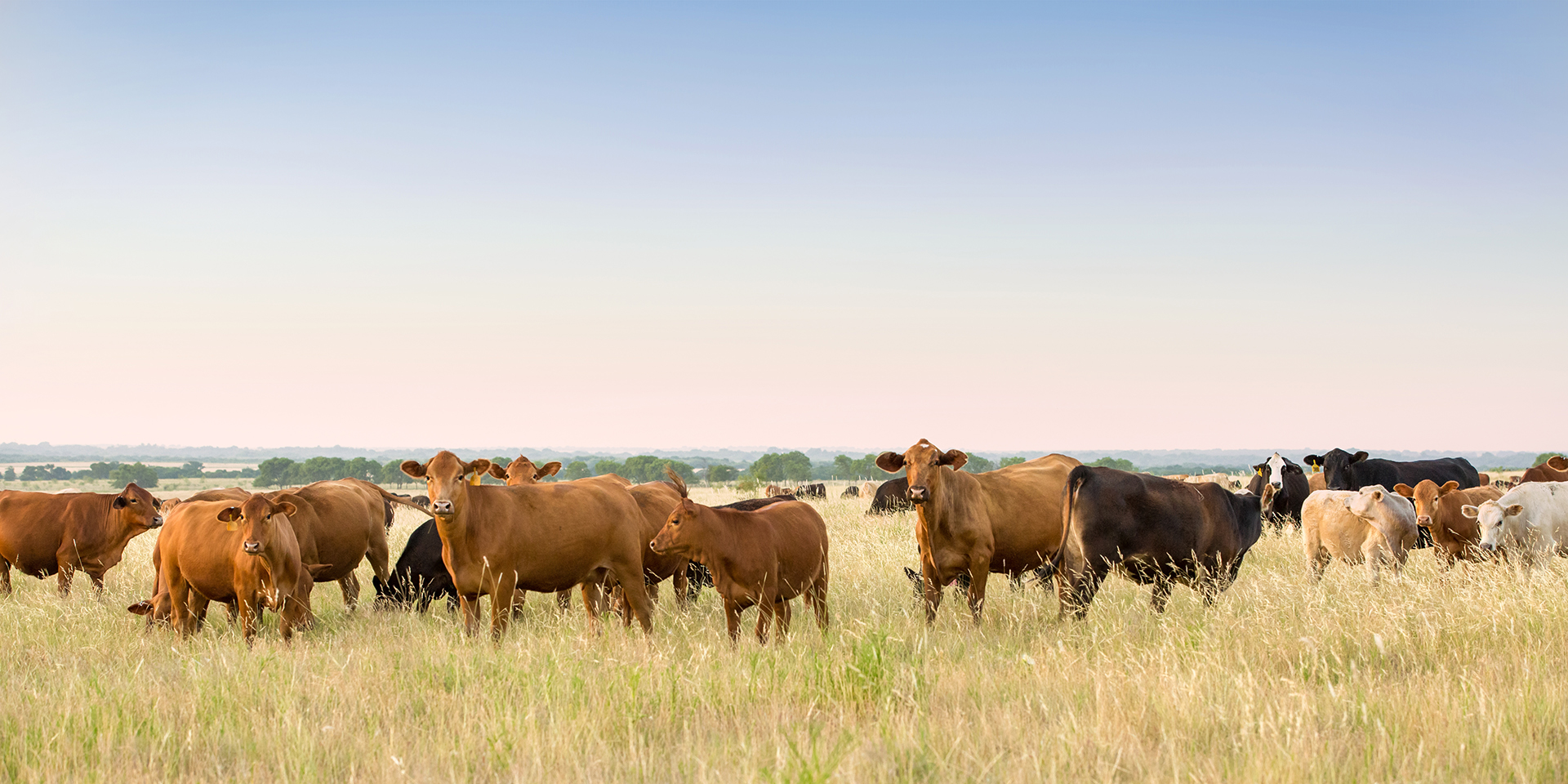
Livestock Grazing (Cow)
Livestock are extremely effective in improving soil quality. The cycle begins when the animals bite and lift plants from the ground, loosening the soil. Once the food has been digested and leaves their bodies, the nutrients from the digested food are trodden into the soil as the livestock move about the pasture. When running livestock on pasture, it’s also important to closely manage rotating herds in order to prevent overgrazing. Our staff is highly experienced in creating management plans for livestock on pasture.
Prescribed Burns (Fire)
When prescribing burns, fire lanes are used to prevent the spread of fires. A checkerboard method is used to:
- Burn approximately 1/3 of the habitat per year which keeps some cover available for wildlife
- The lanes in the checkerboard create more “edges.” Ground-nesting wildlife is able to stay undercover for shelter and can easily access the open area in the lanes to feed.
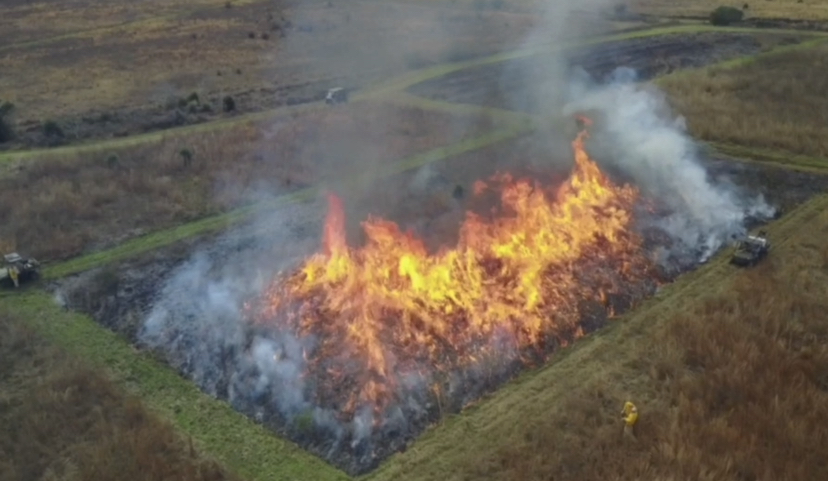
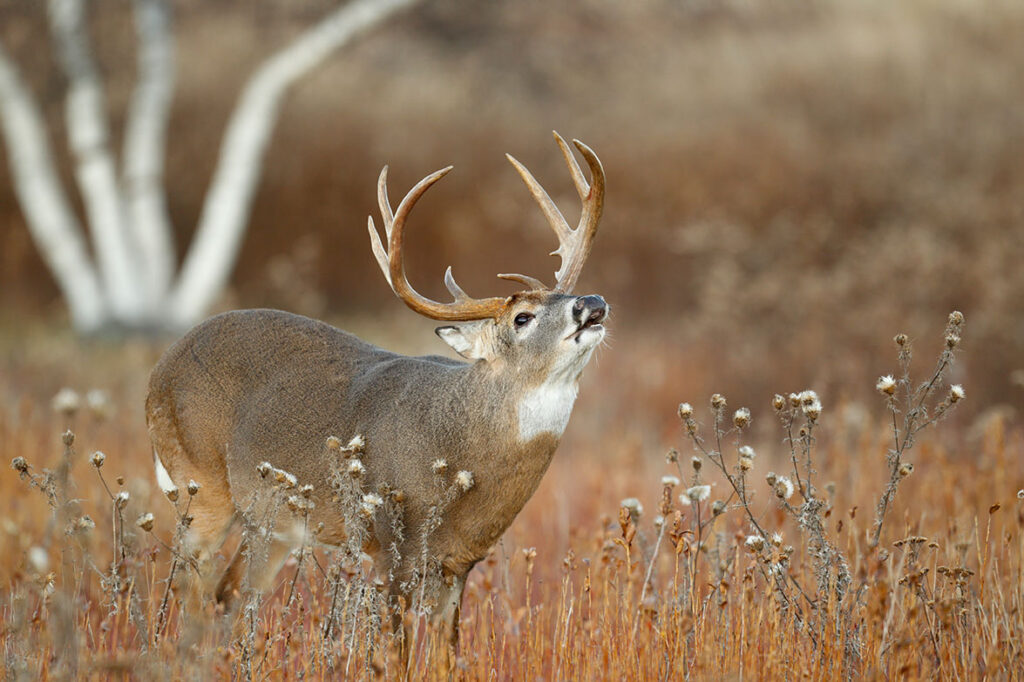
Wildlife Management (Gun)
Use of the gun is least common in our practices, but is sometimes necessary if you have an overabundance of undesirable wildlife on your property leading to an unbalanced ecosystem.
Here are a few more methods we use in our conservation efforts:
Herbicide Application
WHF utilizes contact herbicides to obtain control or suppress exotic species, such as Bahia and Bermuda. This allows a head-start for the native grass species that will be planted once soil conditions are improved. WHF never uses herbicides in a manner that is inconsistent with the EPA-approved label.
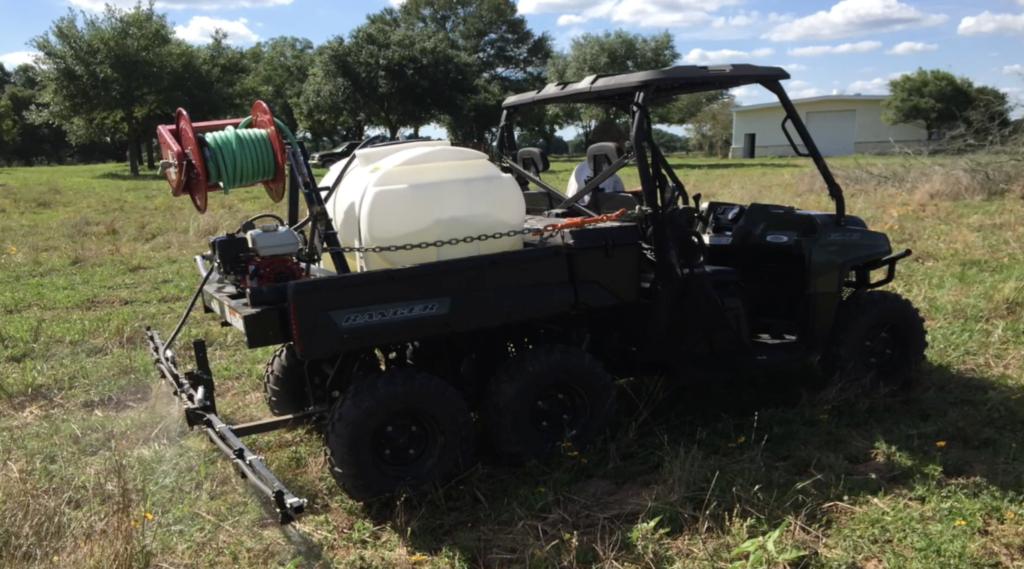
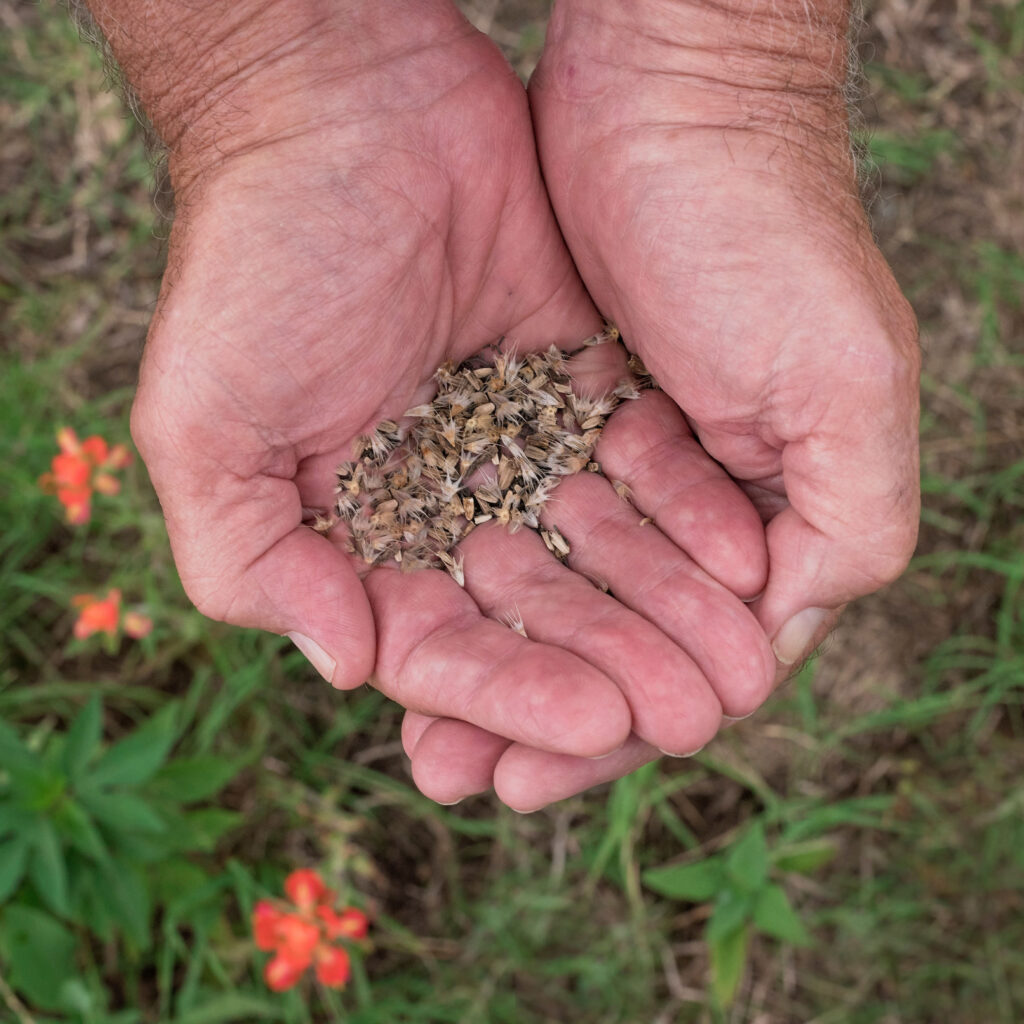
Seed Selection and Planting
For optimum grassland restoration success, WHF utilizes a multiple chemical and cover crop seedbed preparation approach. In addition, we use only quality seed provided by quality growers planted in a quality manner on quality seedbed conditions that were developed over time.
At WHF, we have found that the use of local ecotypic native prairie seeds, adapted to a specific region, is necessary for the long-term successful establishment of native prairie habitat. When planting for grassland restorations, a mixture of commercially available seed varieties (cultivars) and local ecotype seed when available. The commercial seed provides ground cover for the first 1 to 3 years and eventually dies off. The local ecotype seeds do not emerge as quickly but eventually replace the declining cultivars that were planted as a part of the mixture. This ensures the longevity of the grassland plant community.
